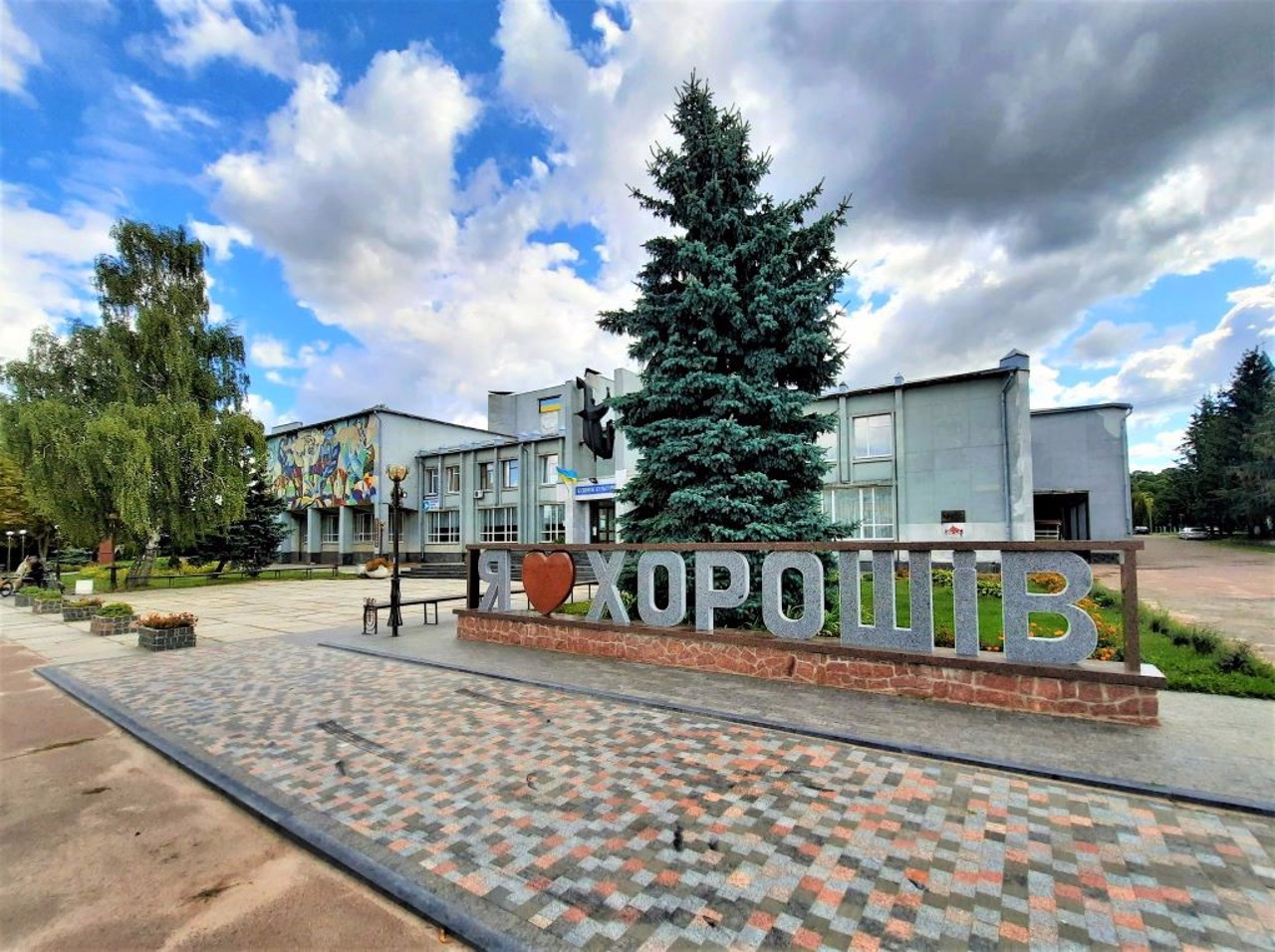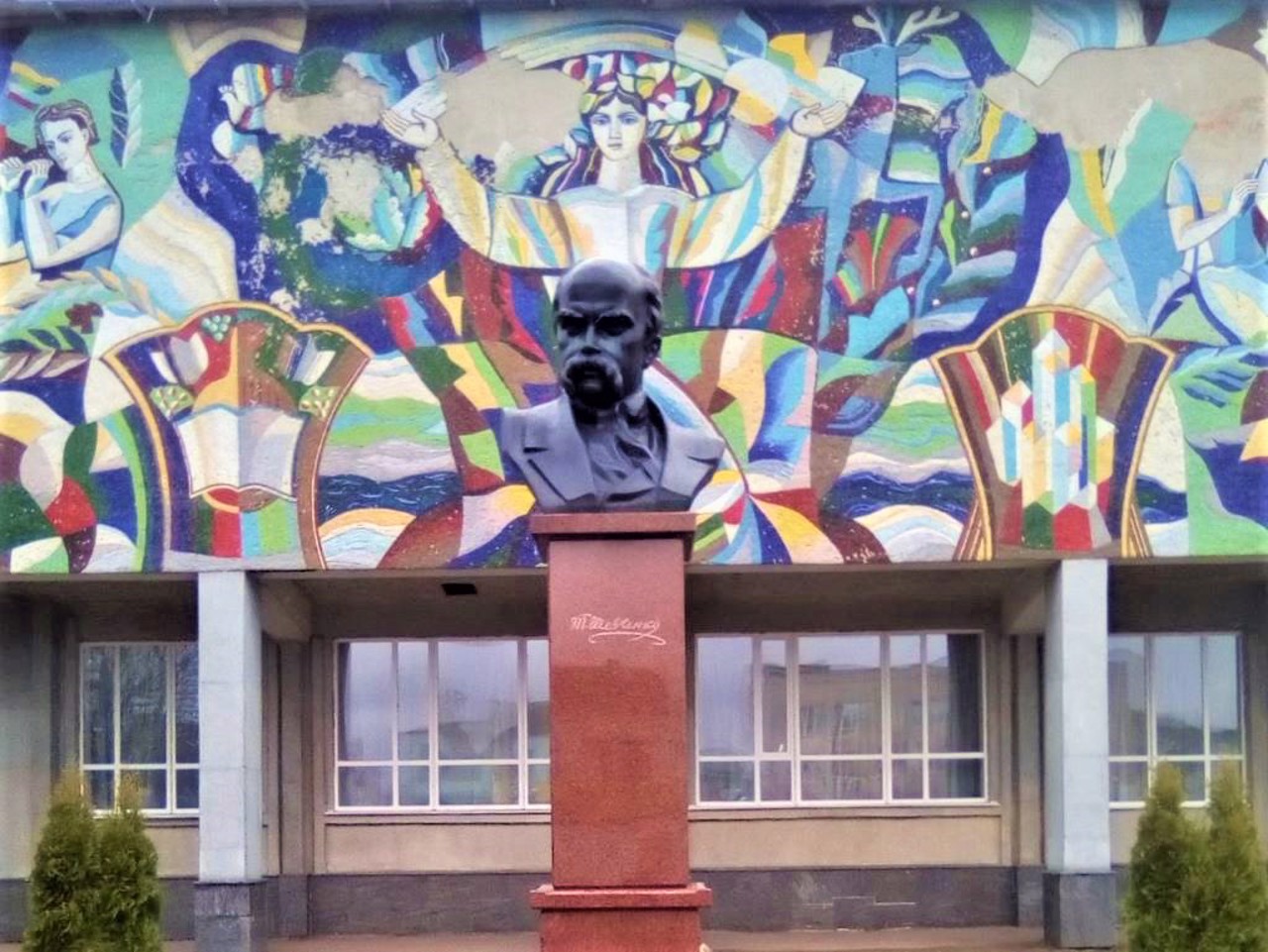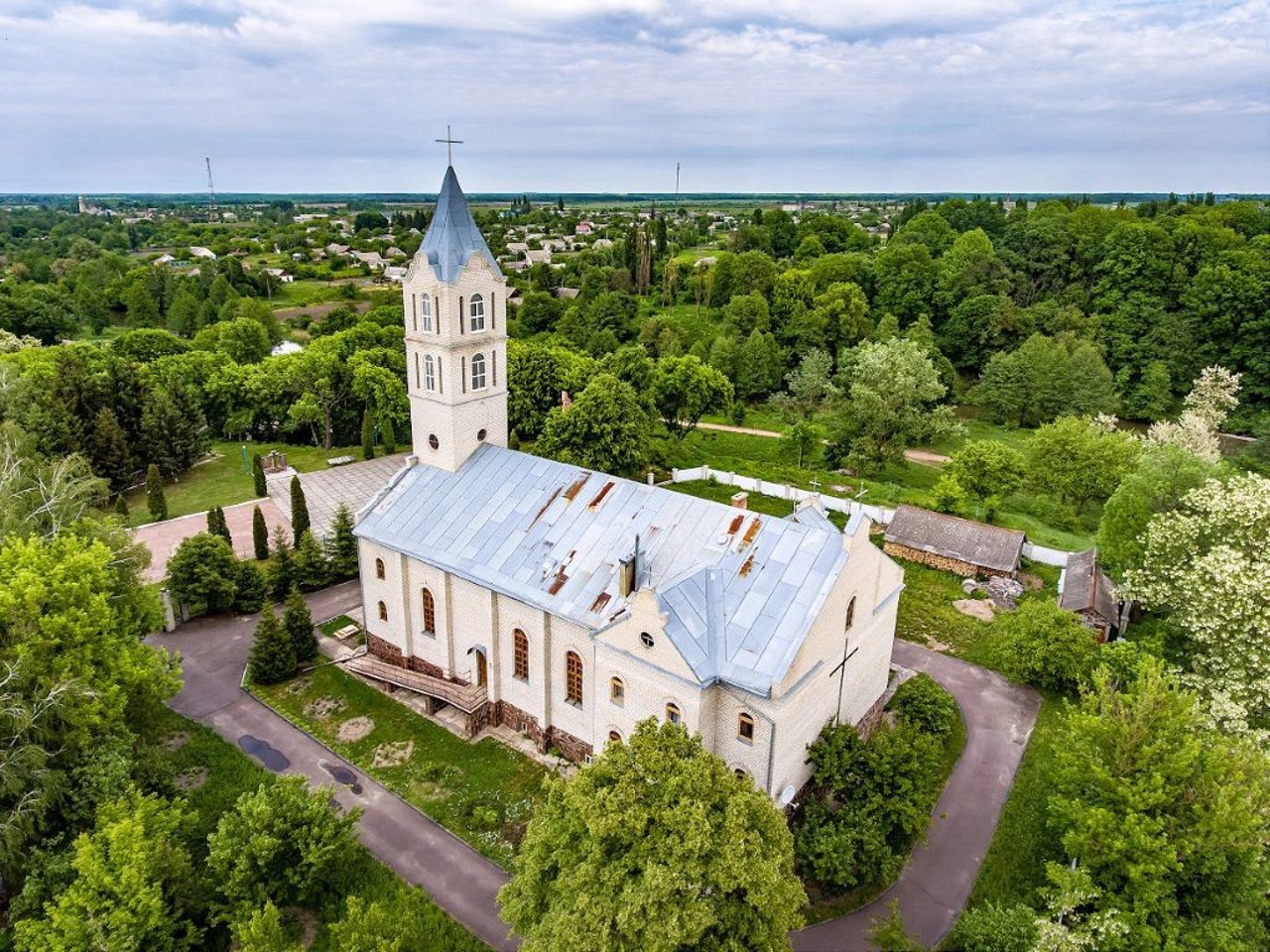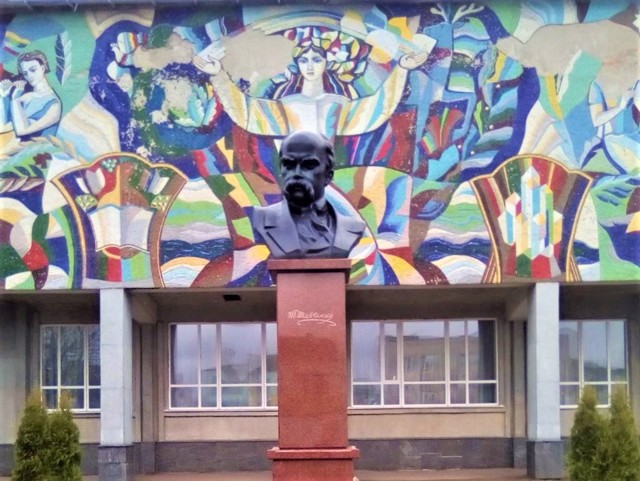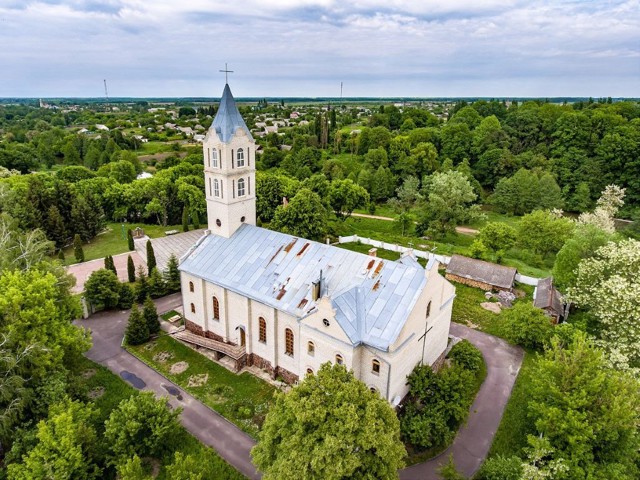Functional temporarily unavailable
General information about Khoroshiv
The town Khoroshiv is located on the Irsha River, 50 kilometers north of Zhytomyr.
It was first mentioned in 1545 as the village of Oleksandropil, named after the boyar Oleksandr Pronsky. In the 17th and 18th centuries, it was owned by the Lithuanian princely family of Sapeha and was called Khoroshki or Horoshki.
In 1796, Empress Catherine II presented the village to the famous commander Mykhaylo Kutuzov, who was here in 1802-05. Kutuzov park of the 18th century has been preserved on the site of the Kutuzov manor.
By the centenary of the Franco-Russian War of 1812, Goroshki was renamed Kutuzov, and during the Soviet regime it was renamed Volodarsk (in honor of the Bolshevik Volodymyr Volodars ...
The town Khoroshiv is located on the Irsha River, 50 kilometers north of Zhytomyr.
It was first mentioned in 1545 as the village of Oleksandropil, named after the boyar Oleksandr Pronsky. In the 17th and 18th centuries, it was owned by the Lithuanian princely family of Sapeha and was called Khoroshki or Horoshki.
In 1796, Empress Catherine II presented the village to the famous commander Mykhaylo Kutuzov, who was here in 1802-05. Kutuzov park of the 18th century has been preserved on the site of the Kutuzov manor.
By the centenary of the Franco-Russian War of 1812, Goroshki was renamed Kutuzov, and during the Soviet regime it was renamed Volodarsk (in honor of the Bolshevik Volodymyr Volodarskyi), then Volodarsk-Volynskyi. The city has had the current name Khoroshiv since 2016.
In the 1930s, quartz deposits were discovered here, and industrial mining and production of piezo crystals for the defense industry began. Opals, beryls, topazes, onyxes, malachite and jasper were also found. There is a Museum of Precious and Decorative Stones, the basis of which is the collection of samples of minerals from the Polissya and Volyn deposits.
Селище Хорошів розташоване на річці Ірша в 50 кілометрах на північ від Житомира.
Вперше згадується в 1545 році як село Олександропіль, назване на честь боярина Олександра Пронського. В XVII-XVIII сторіччях перебувало у власності литовського княжого роду Сапєг, називалося Хорошки або Горошки.
В 1796 році імператриця Катерина II подарувала село прославленому полководцю Михайлові Кутузову, який бував тут у 1802-1805 роках. На місці садиби Кутузова зберігся Кутузівський парк XVIII століття.
До сторіччя франко-російської війни 1812 року Горошки перейменували на Кутузове, а за радянської влади на Володарськ (на честь більшовика Володимира Володарського), потім на Володарськ-Волинський. Нинішню назву Хор ...
Селище Хорошів розташоване на річці Ірша в 50 кілометрах на північ від Житомира.
Вперше згадується в 1545 році як село Олександропіль, назване на честь боярина Олександра Пронського. В XVII-XVIII сторіччях перебувало у власності литовського княжого роду Сапєг, називалося Хорошки або Горошки.
В 1796 році імператриця Катерина II подарувала село прославленому полководцю Михайлові Кутузову, який бував тут у 1802-1805 роках. На місці садиби Кутузова зберігся Кутузівський парк XVIII століття.
До сторіччя франко-російської війни 1812 року Горошки перейменували на Кутузове, а за радянської влади на Володарськ (на честь більшовика Володимира Володарського), потім на Володарськ-Волинський. Нинішню назву Хорошів місто носить з 2016 року.
У 1930-х роках тут виявили поклади кварцу, почався промисловий видобуток і виробництво п'єзокристалів для оборонної промисловості. Також знаходили опали, берили, топази, онікси, малахіт і яшму. Працює Музей коштовного і декоративного каміння, основу колекції якого складають зразки мінералів з поліських і волинських родовищ.
Сплануй своє перебування у Khoroshiv
What to see and where to go in Khoroshiv
Tourist attractions and museums of Khoroshiv
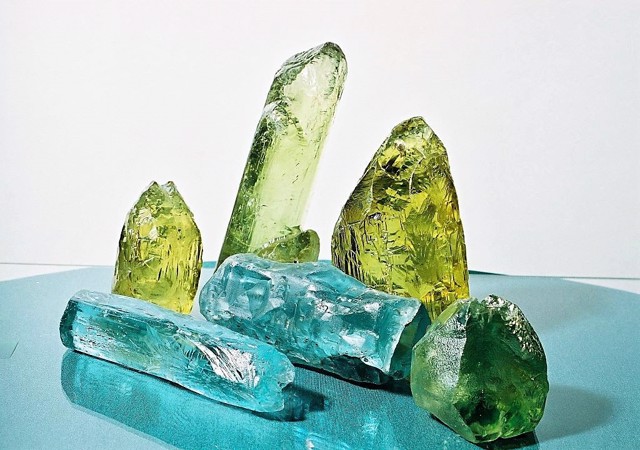
Precious and Decorative Stones Museum
Museum / gallery
The Museum of Precious and Decorative Stones in Khoroshiv was created in 1996 on the basis of the collection of minerals and rocks of the local enterprise "Kvartssamotsvity", which has been engaged in industrial quartz mining in Khoroshiv since the 1930s.
The museum collects unique minerals from Volyn chamber pegmatites, samples of minerals and rocks from Ukraine, CIS countries, Europe, America, Africa. In total, there are 1.7 thousand exhibits. In particular, unique crystals of quartz, topaz and beryl from the Volyn Morion deposit are presented.
In 2001, the Museum of Precious and Decorative Stones was granted the status of "Scientific object, which is the national property of Ukraine".
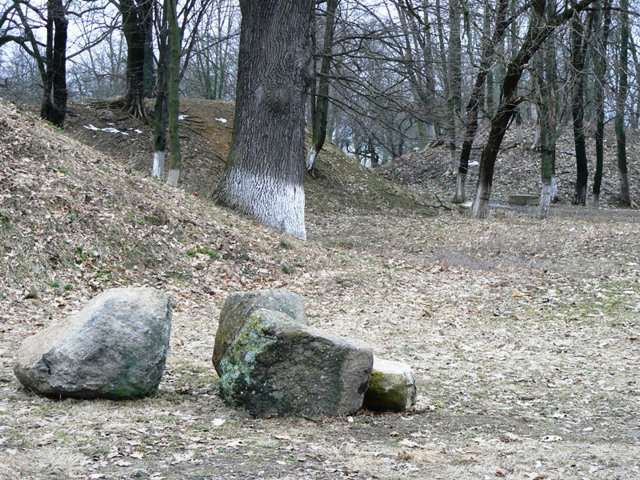
Park "Horoshki Castle"
Park / garden
The park "Horoshki Castle" in Khoroshiv was laid out in the 18th century on the high bank of the Irsha River on the site of the medieval castle of the Lithuanian princely family Sapieha (defensive earthen ramparts and ditches have been preserved).
The estate in Horoshki belonged to the commander Mykhaylo Kutuzov from 1796, he visited it in 1802-1805. In the 19th century, there was a palace in the center of the park that belonged to Kutuzov, and then to his descendants (it burned down in 1919).
About 60 ancient oaks have been preserved.
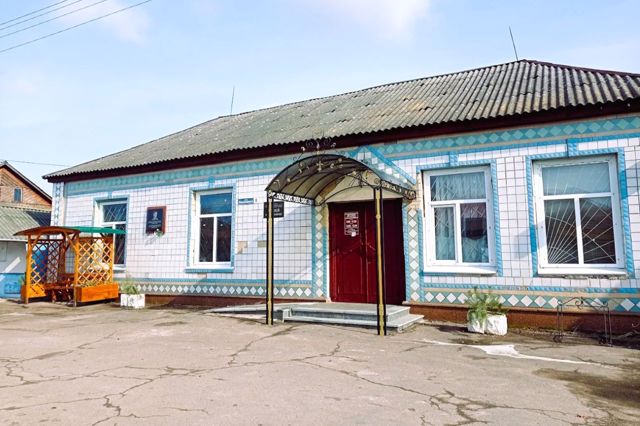
Khoroshiv People's History Museum
Museum / gallery
Khoroshiv People's History Museum was opened in 1988 in the town center.
Currently, the museum's collection includes more than 1.5 thousand exhibits. Including - tools of ancient people (stone hammers, axes, chisels, scrapers, etc.); wooden household items of Polishchuks (loom, spinning wheel, ruble, combs for combing flax, etc.); peaches, samovars; maps, land merchants, bills, paper and metal money; home-woven towels, shirts; military awards during the Second World War and more.
Noteworthy is the "Geometric Plan" (1906) on the sale by the landlady Trubetska to the peasant Gefka of three tenths of land in the village of Horoshky (old name Khoroshova).
The museum also has an exposition "Kutuzov and Horoshki", dedicated to the commander's stay on his estate in Horoshki.
Khoroshiv on photo and video
Reviews Khoroshiv
Geographical information about Khoroshiv
| {{itemKey}} | {{itemValue}} |
|---|---|
| Region |
Zhytomyr |
